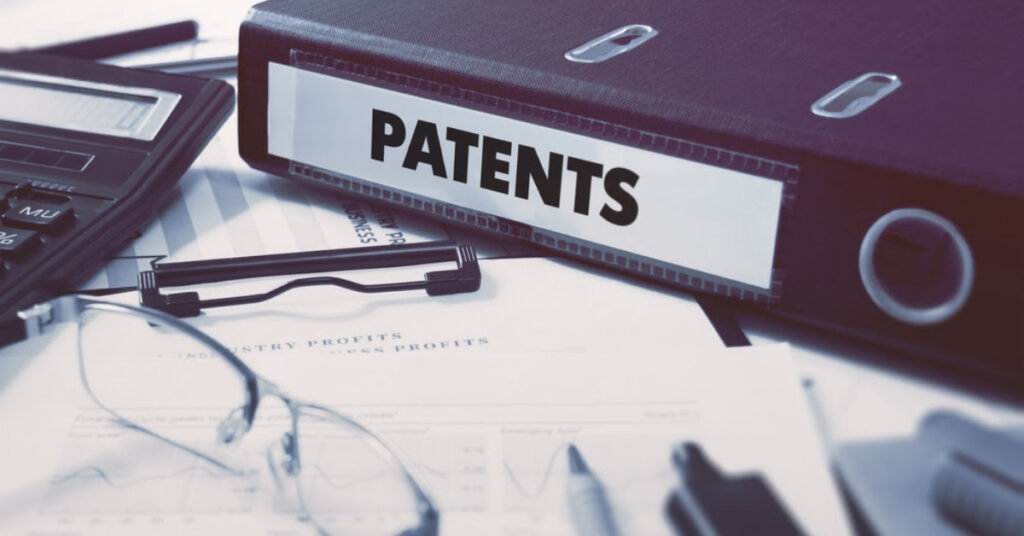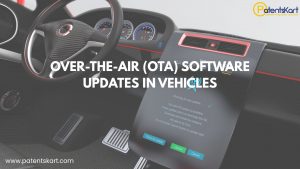Filing a patent application can cost anything from $900 for a do-it-yourself application to about $2,000 – $4,500 if you hire a patent attorney.
A patent protects a novel idea or an invention, and the cost of obtaining one is determined by the kind of patent (provisional, non-provisional, or utility, design, plant), no. of claims and pages, complexity of the invention (mechanical designs, chemical composition or structure etc.) and the applicant status (individual, small or large entity).
The cost of patent according to its type
Before you can consider patent fees, you must first develop a new product concept that is not based on existing art. Any concept or product that already exists is referred to as prior art. You’re ready to file a patent application once you’ve come up with a unique idea. You can conduct a patent search (patentability search) before you patent an idea.
Filing costs at the United States Patent and Trademark Office (USPTO), lawyer fees, and illustration fees make up the majority of the cost of a patent application.
A provisional patent application and a non-provisional patent application are the two main types of patent applications (also called a utility patent application).
Application for a Provisional Patent
- Consider a provisional patent application to be a draught patent (with or without patent claims), which not examined at the patent office.
- You have one year after filing a provisional patent application to file for a non-provisional patent.
- A provisional patent, while not a real patent, protects your intellectual property for the same 12-month period as a non-provisional patent.
- A provisional patent application can be filed for as little as $350. Non-provisional patent applications, on the other hand, can cost anywhere from $2,000 – $4,500, plus the patent drafting expenses.
Application for a Non-Provisional Patent
A non-provisional patent (also known as a utility patent) is a complete patent specification that protects an inventor’s intellectual property for the duration of the patent.
The important question is, how much does it cost? A non-provisional patent application is more costly, costing around $1,200 just in official costs for a small entity. This cost includes patent application filing, search and examination fees at the USPTO. Cost for non-provisional patent can go upto $8,000 or more, including attorney fees for drafting and preparing illustrations, followed by expenses for the preparation of office action (OA) responses, if any.
Design Patent
Another, more restricted patent option is a design patent, which solely covers a product’s unique look.
Design patents are used to protect a wide variety of products, including wearable devices such as smartwatches, medical devices such as stents and dental implants, and the appearance of everyday utility goods such as kitchen appliances, tables, and chairs. A fashion firm may also patent a handbag in order to prevent competitors from copying its design elements.
A design patent typically costs between $1,000 and $2,000 for filing the design application, plus charges for preparing illustrations which are dependent on no. of images and the complexity of the design.
Cost of a Patent depends on following factors
While the kind of patent has the greatest impact on the costs, there are additional aspects to consider:
- Applicant Status – size of the company or the sort of individual filing a patent application. Patents are expensive for large corporations.
- Patentability/Novelty Search – to ensure that your invention is novel and not similar to already patented technologies, a prior art search is recommended to save costs involved in office actions or future litigations.
- Technology Domain – invention protected in the patent also impacts the costs, for example additional costs submitting sequence listings
- Patented items that are similar – in a crowded market, innovators must exert greater efforts to demonstrate that their new goods are sufficiently distinctive to warrant a patent.
- Geography – it costs more money to protect an invention’s idea in many nations, filing a patent in US is expensive than filing in India.
- An innovation involving software, such as an automated system or a commercial application. Software patents can be protected in limited countries.
Conclusion-
The process of applying for a patent is long and often complicated, but it can be broken down into five steps. A patent application is a lengthy and complicated procedure. Knowing the processes in the patent application process is really beneficial. PatentsKart aims to provide you with assistance in your journey to obtaining a patent. In case of any inquires, please contact us at patentskart.com







